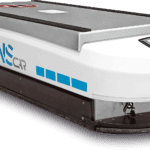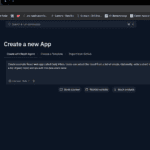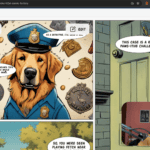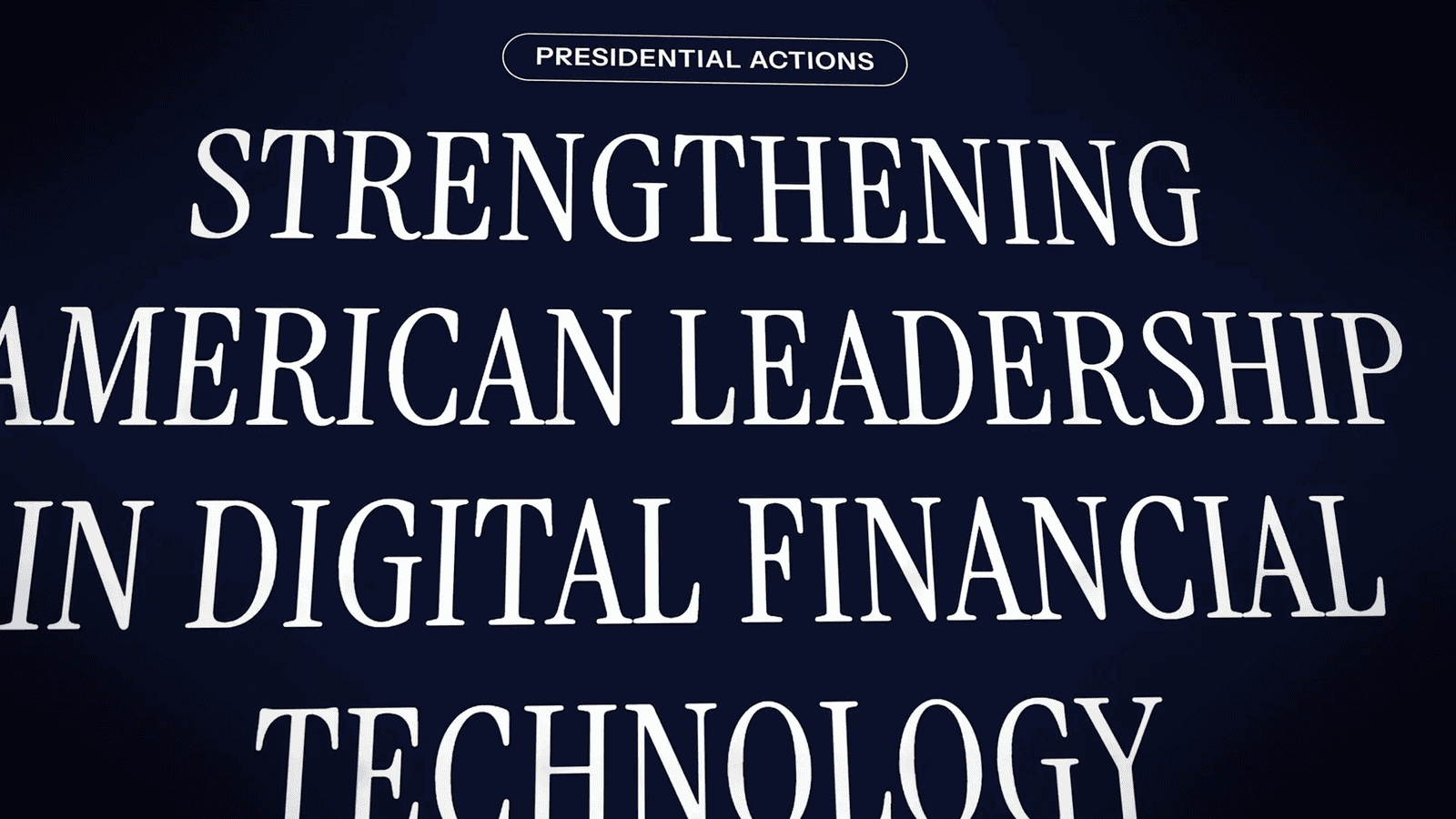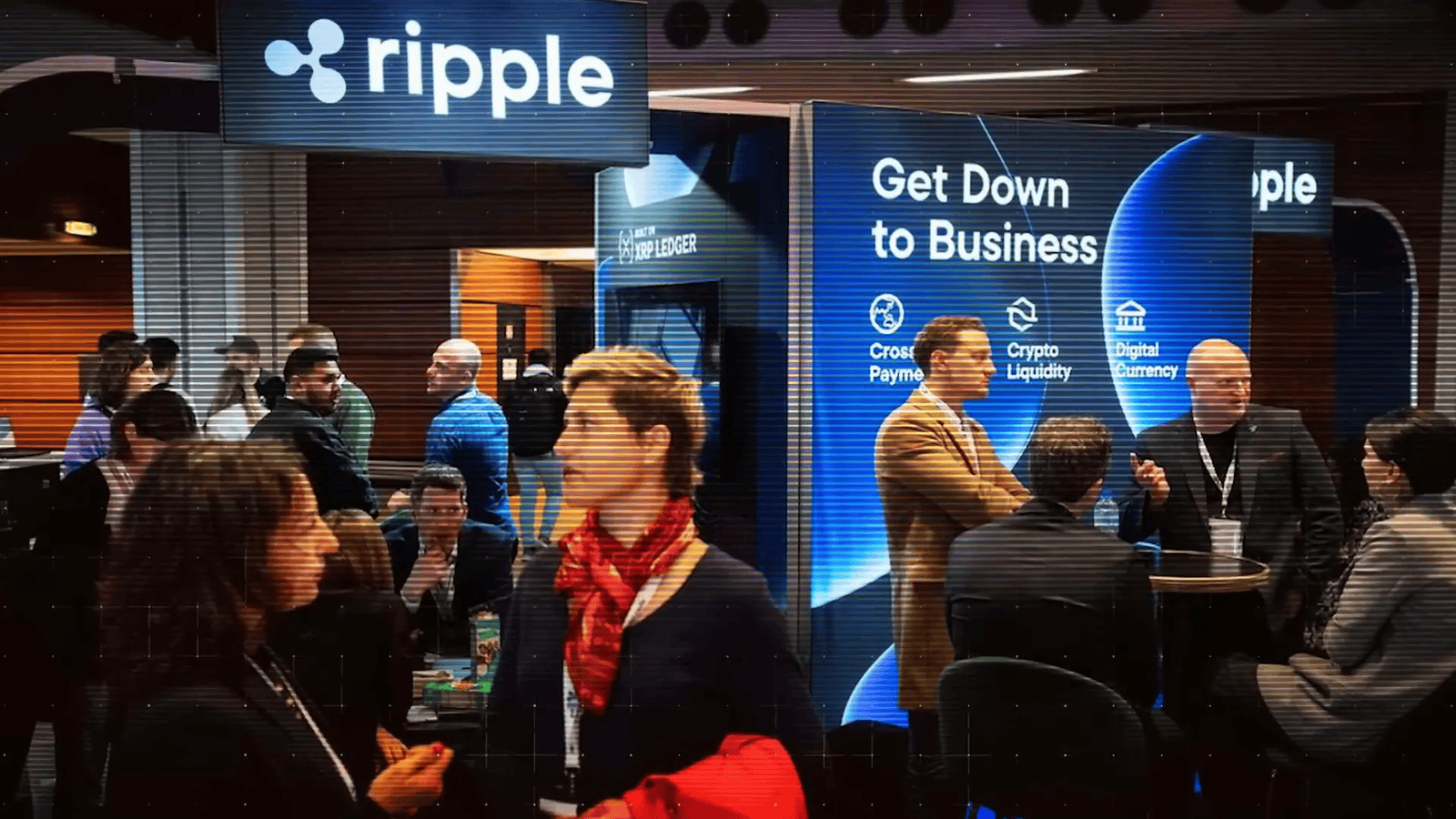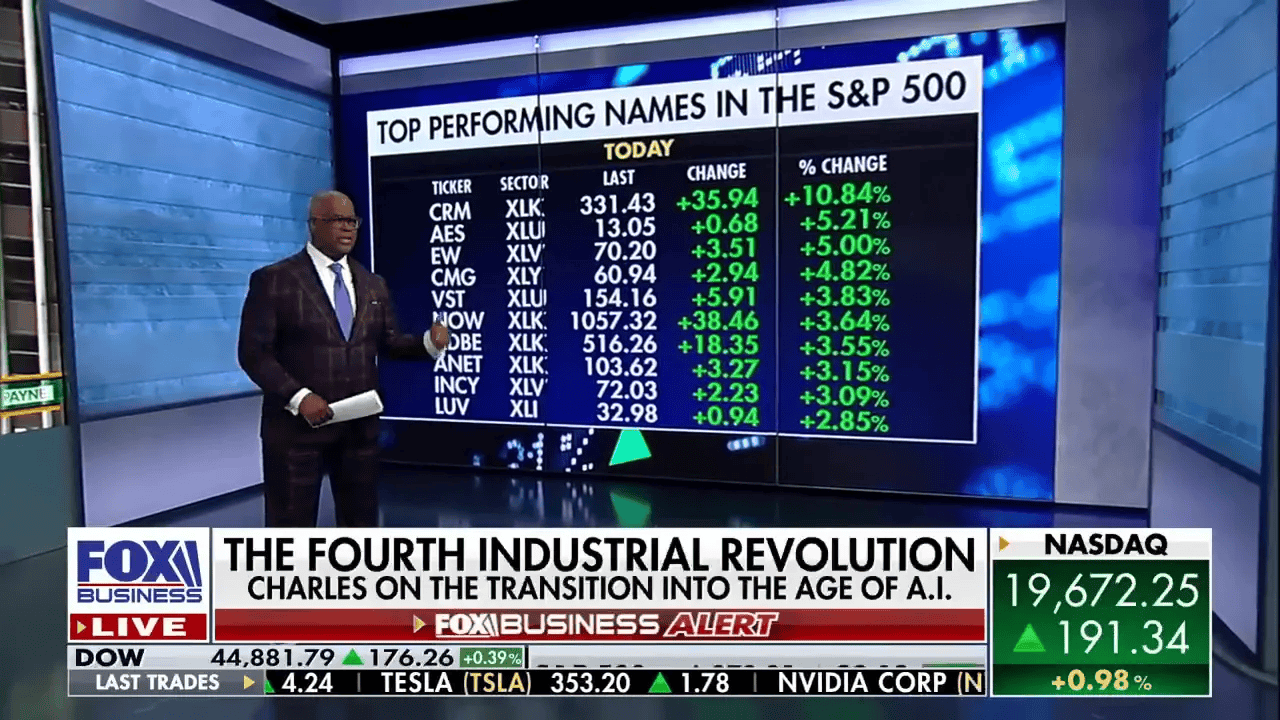In the evolving landscape of finance, the concept of tokenizing real-world assets is gaining momentum. Robert Leshner, through his innovative company Superstate, aims to bring a staggering $300 trillion in traditional finance assets on-chain, revolutionizing how we perceive and interact with these assets.
Table of Contents
- Introduction to Tokenization
- Tokenizing Treasuries: The First Step
- Introducing Superstate
- Facing Regulatory Constraints
- The Future of Real-World Assets
- Pitching to Traditional Finance
- Predictions for 2030
- Closing Thoughts and Disclaimers
- FAQ: What are Real-World Assets?
Introduction to Tokenization
Tokenization is the process of converting real-world assets into digital tokens that can be traded on blockchain platforms. This process not only enhances liquidity but also makes it easier to transfer ownership and manage assets. By creating a digital representation of an asset, tokenization allows for fractional ownership, enabling more people to invest in high-value assets that would otherwise be out of reach.
The concept of tokenization extends beyond just cryptocurrencies; it encompasses a wide array of assets, including real estate, stocks, bonds, and even tangible goods. As the demand for digital assets continues to grow, tokenization provides a bridge between traditional finance and the emerging decentralized finance (DeFi) ecosystem.
The History of Tokenization
The journey of tokenization began in the early days of blockchain technology. Initially, the focus was primarily on cryptocurrencies like Bitcoin and Ethereum, which served as digital currencies. However, as the technology evolved, innovators began exploring the potential of blockchain for tokenizing real-world assets.
In 2017, the rise of initial coin offerings (ICOs) sparked interest in tokenized assets, with many projects attempting to issue tokens representing various forms of value. However, the regulatory landscape was unclear, and many of these projects faced challenges, leading to a lack of successful implementations. The first major success story in tokenization was the emergence of stablecoins, which provided a clear use case for digital representation of off-chain assets.

Understanding the RWA Problem Statement
Real-World Assets (RWAs) face unique challenges when being tokenized. One of the primary issues is the difference in liquidity and fungibility between dollars and other assets. For instance, while dollars are highly liquid and easily transferable, assets like real estate or bonds can be much less liquid, creating friction in the tokenization process.
Additionally, the existence of two separate ledgers—one for the physical asset and one for its digital representation—complicates the process. This duality can lead to discrepancies in ownership and valuation, making it difficult to establish a one-to-one correspondence between the asset and its tokenized version.
Opening the Door to Tokenization
As the blockchain ecosystem matures, the infrastructure necessary for tokenization is also evolving. Increased interest from institutional investors, advancements in legal frameworks, and the emergence of custodial services are all contributing to a more favorable environment for tokenization.
Furthermore, growing public acceptance of cryptocurrencies and blockchain technology is driving demand for tokenized assets. This shift presents a significant opportunity for businesses to leverage tokenization as a means of enhancing liquidity and accessibility for a broader range of assets.

Navigating Securities Laws
Navigating the complex landscape of securities laws is crucial for the successful tokenization of assets. Different jurisdictions have varying regulations regarding what constitutes a security, and this can impact the tokenization process. Understanding these regulations is essential for businesses looking to tokenize assets, as non-compliance can lead to significant legal challenges.
For instance, a tokenized asset that offers returns based on the performance of an underlying investment may be classified as a security, whereas a stablecoin that maintains a fixed value is generally not. This distinction is vital for businesses to consider when developing their tokenization strategies.
Tokenizing Treasuries: The First Step
Tokenizing Treasuries represents a pivotal movement in the integration of traditional finance with blockchain technology. At the forefront of this initiative is Superstate, which has launched a short-duration U.S. government securities fund, effectively creating a tokenized version of Treasury bills. This innovation not only enhances liquidity but also opens up new avenues for investment.
The essence of tokenization lies in its ability to convert traditional assets into digital tokens. These tokens operate on blockchain networks, allowing for more seamless transactions and ownership transfers. By representing Treasuries as tokens, Superstate aims to simplify the investment process, making it more accessible to a broader audience.

Understanding the Mechanics
The mechanics behind tokenized Treasuries are rooted in the existing financial framework. Superstate’s fund is structured to be compliant with current regulations, targeting qualified purchasers—typically institutional investors. This focus allows the company to navigate the complexities of securities laws while testing the technological capabilities of tokenization.
As the product evolves, the goal is to eventually democratize access, enabling more investors to participate in this space. The underlying technology facilitates features like programmability and interoperability with decentralized finance (DeFi) protocols, which are essential for enhancing the utility of these tokens.

Introducing Superstate
Superstate is pioneering the tokenization of real-world assets, starting with U.S. Treasuries. Its mission is to bridge the gap between traditional finance and the burgeoning world of decentralized finance. By creating products that leverage blockchain technology, Superstate aims to redefine how investors interact with financial assets.
The initial offering, the Superstate short-duration government securities fund, is a testament to this vision. It serves as a testing ground for the technology and regulatory frameworks necessary for broader adoption of tokenized assets. The fund’s structure is designed to mimic the federal funds rate, making it an attractive option for investors seeking stability with yield.
Key Features of Superstate
- Tokenization of Treasuries: The fund transforms traditional Treasuries into digital tokens, enhancing liquidity and accessibility.
- Regulatory Compliance: By targeting qualified purchasers, Superstate adheres to stringent securities laws while exploring the potential of tokenization.
- Technology Testing: The fund serves as a sandbox for testing innovative technologies that could facilitate future tokenized products.
Facing Regulatory Constraints
Navigating the regulatory landscape is one of the most significant challenges facing the tokenization of real-world assets. Each jurisdiction has its own set of laws governing securities, which can complicate the tokenization process. Superstate’s approach emphasizes compliance, ensuring that all offerings meet legal requirements.
One of the primary hurdles is the distinction between traditional financial products and their tokenized counterparts. While traditional mutual funds and ETFs have well-defined regulatory pathways, tokenized assets often lack clarity. This ambiguity can lead to delays in product launches and increased scrutiny from regulators.
Strategies for Compliance
- Engagement with Regulators: Superstate actively engages with regulatory bodies to clarify the rules surrounding tokenized products.
- Legal Framework Development: The company is working to establish a robust legal framework that supports the tokenization of assets while ensuring investor protection.
- Education and Advocacy: By educating stakeholders about the benefits of tokenization, Superstate aims to foster a more favorable regulatory environment.
The Future of Real-World Assets
The future of Real-World Assets (RWAs) is poised for transformation as more companies embrace tokenization. The demand for liquidity and accessibility will drive innovation in this space, leading to a wider array of tokenized products. Superstate’s initiatives are just the beginning of a broader trend that will redefine how we think about ownership and investment.
As tokenization becomes more mainstream, we can expect to see a proliferation of products across various asset classes, including real estate, commodities, and equities. This shift will not only enhance market efficiency but also democratize access to investment opportunities that were previously reserved for institutional investors.

Potential Developments
- Wider Asset Classes: The tokenization of assets will expand beyond Treasuries to include a diverse range of financial instruments.
- Enhanced Regulatory Clarity: As more players enter the space, we anticipate clearer regulations that will facilitate the growth of tokenized assets.
- Increased Adoption by Institutions: Traditional financial institutions will likely embrace tokenization as they recognize its potential benefits.
Pitching to Traditional Finance
For Superstate and similar companies, successfully pitching tokenized products to traditional finance is crucial. The challenge lies in changing perceptions and demonstrating the tangible benefits of tokenization over traditional financial products. This requires a strategic approach that highlights efficiency, transparency, and enhanced security.
One of the most effective strategies is showcasing real-world use cases where tokenization has led to improved outcomes. By presenting data and success stories, Superstate can illustrate the advantages of integrating blockchain technology within traditional finance.

Key Selling Points
- Increased Efficiency: Tokenized assets can streamline transactions, reducing costs and time associated with traditional processes.
- Enhanced Security: Blockchain technology provides a tamper-proof record of ownership, increasing confidence among investors.
- Greater Liquidity: The ability to trade tokenized assets on various platforms enhances liquidity, making it easier for investors to enter and exit positions.

As Superstate continues to develop its offerings, the focus will remain on bridging the gap between traditional finance and the innovative world of decentralized finance. The journey of tokenizing Real-World Assets is just beginning, and the potential for growth and transformation is immense.
Predictions for 2030
As we look forward to 2030, the landscape of tokenized Real-World Assets (RWAs) is anticipated to undergo significant transformation. With the potential for a mass migration of assets onto blockchain, we could see approximately $5 trillion in assets represented digitally. This figure reflects a growing acceptance and integration of blockchain technology within traditional finance.
Historically, predictions can be challenging, and the trajectory of change may not always align with expectations. However, the foundational work being done today is paving the way for a future where tokenization becomes the norm rather than the exception. The increasing interest from institutional investors, along with advancements in legal frameworks, suggests a robust environment for growth.

Key Factors Influencing Growth
- Technological Advancements: Innovations in blockchain technology will enhance the security and efficiency of tokenized transactions.
- Regulatory Clarity: As regulations evolve, clearer guidelines will facilitate easier adoption and integration of RWAs into the digital economy.
- Institutional Adoption: Increased participation from traditional finance will drive demand for tokenized products and services.

Potential Challenges
- Behavioral Resistance: Changing entrenched behaviors in finance will take time, and some may resist adopting new technologies.
- Regulatory Hurdles: Navigating the complex landscape of global finance regulations may slow down the tokenization process.
- Market Volatility: The inherent volatility of cryptocurrencies could pose risks for assets transitioning onto the blockchain.
Closing Thoughts and Disclaimers
In conclusion, the journey of tokenizing Real-World Assets is just beginning, but its potential is enormous. As companies like Superstate lead the charge, they are not only innovating but also educating the market about the myriad benefits of tokenization. The prospect of bridging traditional finance with decentralized finance opens up new horizons for investors and institutions alike.
However, it’s crucial to approach this frontier with caution. While the opportunities are vast, the risks associated with cryptocurrencies and tokenized assets cannot be overlooked. Investors must conduct thorough research and consider their risk tolerance before diving into this evolving landscape.
FAQ: What are Real-World Assets?
Real-World Assets (RWAs) refer to tangible and intangible assets that exist in the physical world and can be tokenized on a blockchain. These assets can include real estate, commodities, stocks, bonds, and more. Tokenizing RWAs allows for fractional ownership, increased liquidity, and easier transfer of ownership.
RWAs represent a bridge between traditional finance and the emerging world of decentralized finance (DeFi). By converting these assets into digital tokens, they can be traded on blockchain platforms, offering new opportunities for investment and asset management.
Benefits of Tokenizing Real-World Assets
- Increased Liquidity: Tokenization enhances the liquidity of traditionally illiquid assets, enabling faster transactions.
- Global Accessibility: Investors from around the world can participate in markets that were previously inaccessible.
- Fractional Ownership: Tokenization allows for fractional investments, making high-value assets more affordable.
Conclusion on RWAs
The tokenization of Real-World Assets is set to reshape financial markets, democratizing access and enhancing efficiency. As we navigate this new frontier, understanding the implications and opportunities presented by RWAs will be essential for investors and institutions alike. The future is bright, and the potential for transformation is immense.
This blog post is inspired by the video Tokenizing Real World Assets. All credit for the video content goes to the original creator. Be sure to check out their channel for more amazing content!


